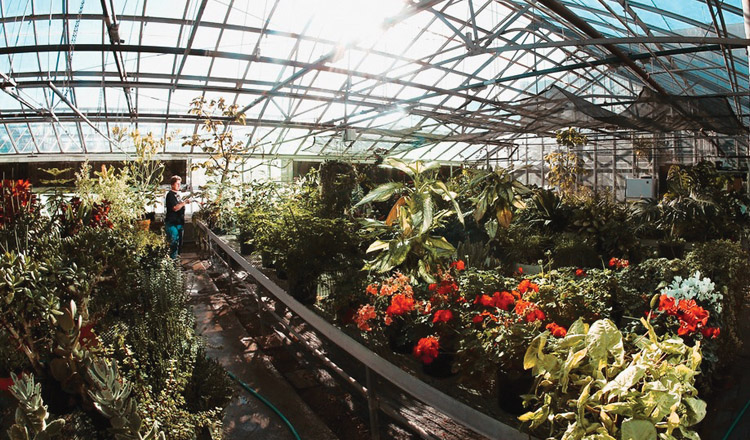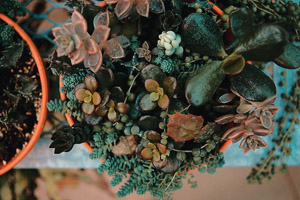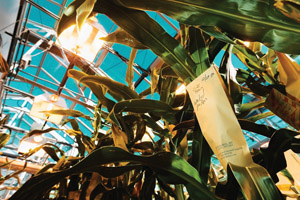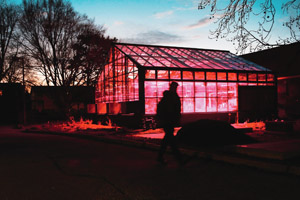It doesn’t matter how cold it gets on the outside — the icy grip of winter melts away in Purdue’s world-class greenhouses. Inside each you can see what grows in a research and teaching facility where it’s always 78 degrees or warmer. The glass houses lend sights and smells of warm plants growing amid bins of soil, sand, and peat.
Totaling 34,800 square feet, the Purdue Horticulture Plant Growth Facility — located at the intersection of Horticulture Drive and Harrison Street — serves the Department of Horticulture and Landscape Architecture and includes 25 greenhouse rooms, two air-conditioned growth rooms, 17 growth chambers, five walk-in coolers, a tissue culture laboratory, three teaching laboratories, and a mist house.
Researchers can tackle their exploratory projects at the Lilly Greenhouses and Plant Growth Facility. At 53,960 square feet, the space provides 57 individual greenhouse rooms of controlled environmental systems, used mostly by the Departments of Botany and Plant Pathology and Agronomy. Larger than a football field, the greenhouses are located south of Lilly Hall of Life Sciences. Under the precise environmental control systems that aid uniform growth conditions — which would be difficult to replicate in the field — researchers can study plant phenotypes while regulating control over experimental variables.
The state-of-the-art Controlled Environments Phenotyping Facility, connected to the Lilly Greenhouses, occupies 7,300 square feet. The facility gives researchers access to a rapid, nondestructive alternative to exploring plant traits. Inside the white walls, the growth chamber can accommodate 256 plants up to 10-feet tall on an automated conveyor system — the largest growth chamber in North America for crop phenotyping. The conveyor system is connected to RGB and hyperspectral camera systems used to collect data through the entire life cycle of a plant.
What are your favorite hidden gems on campus? Tell us in the comments below.




